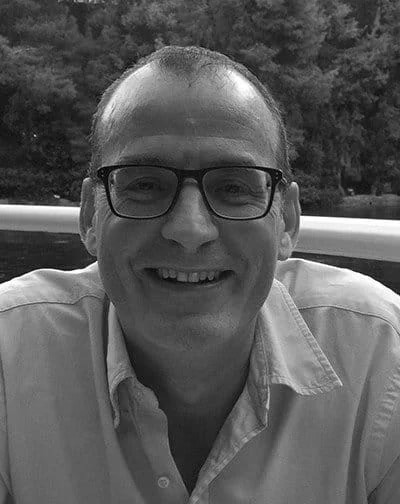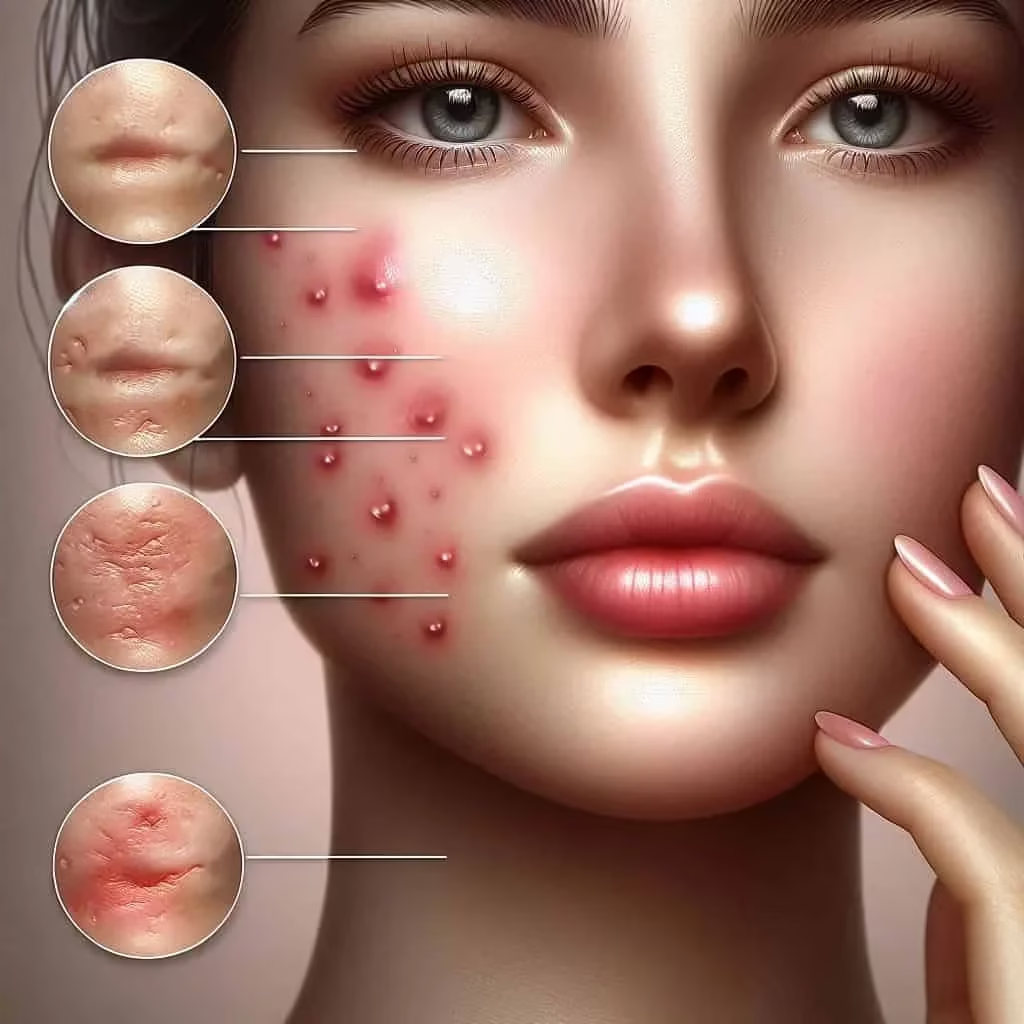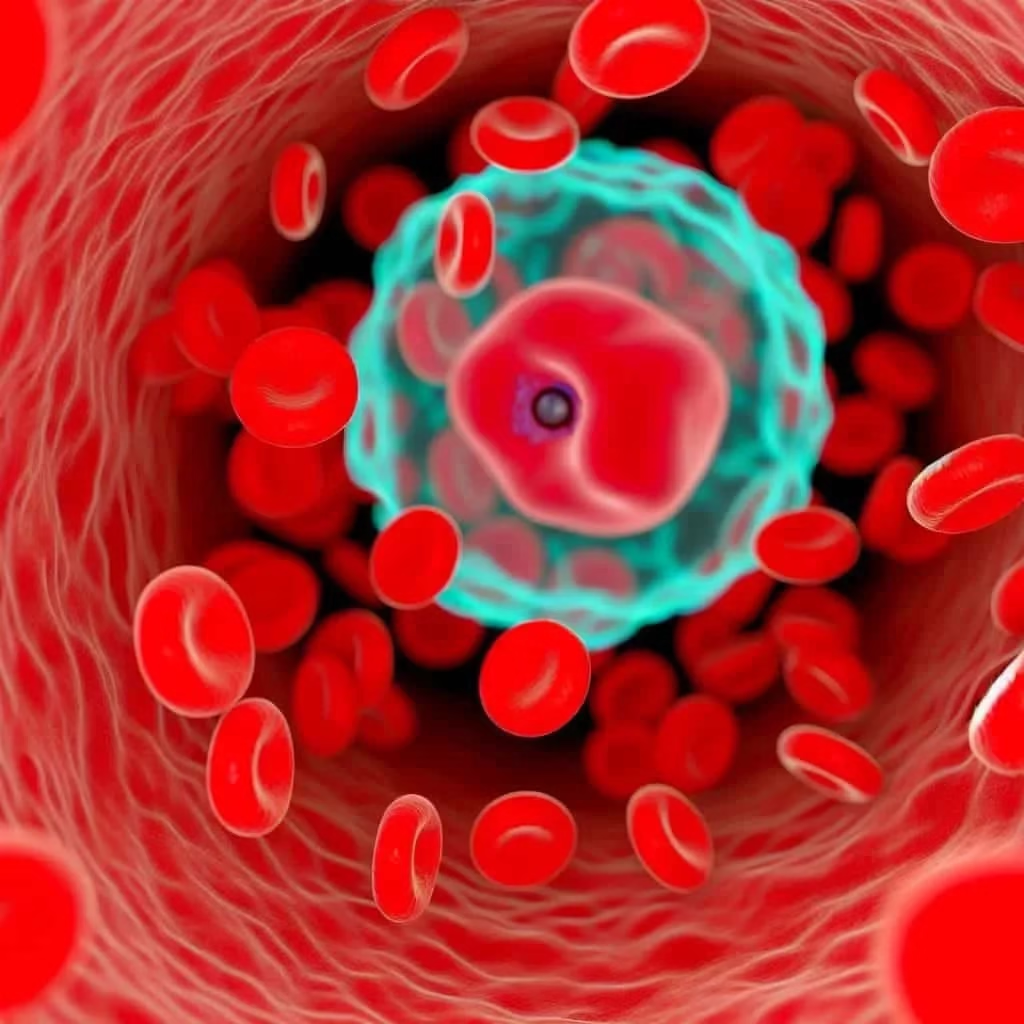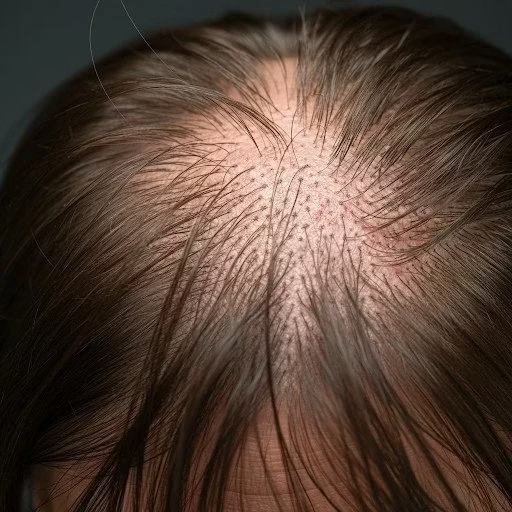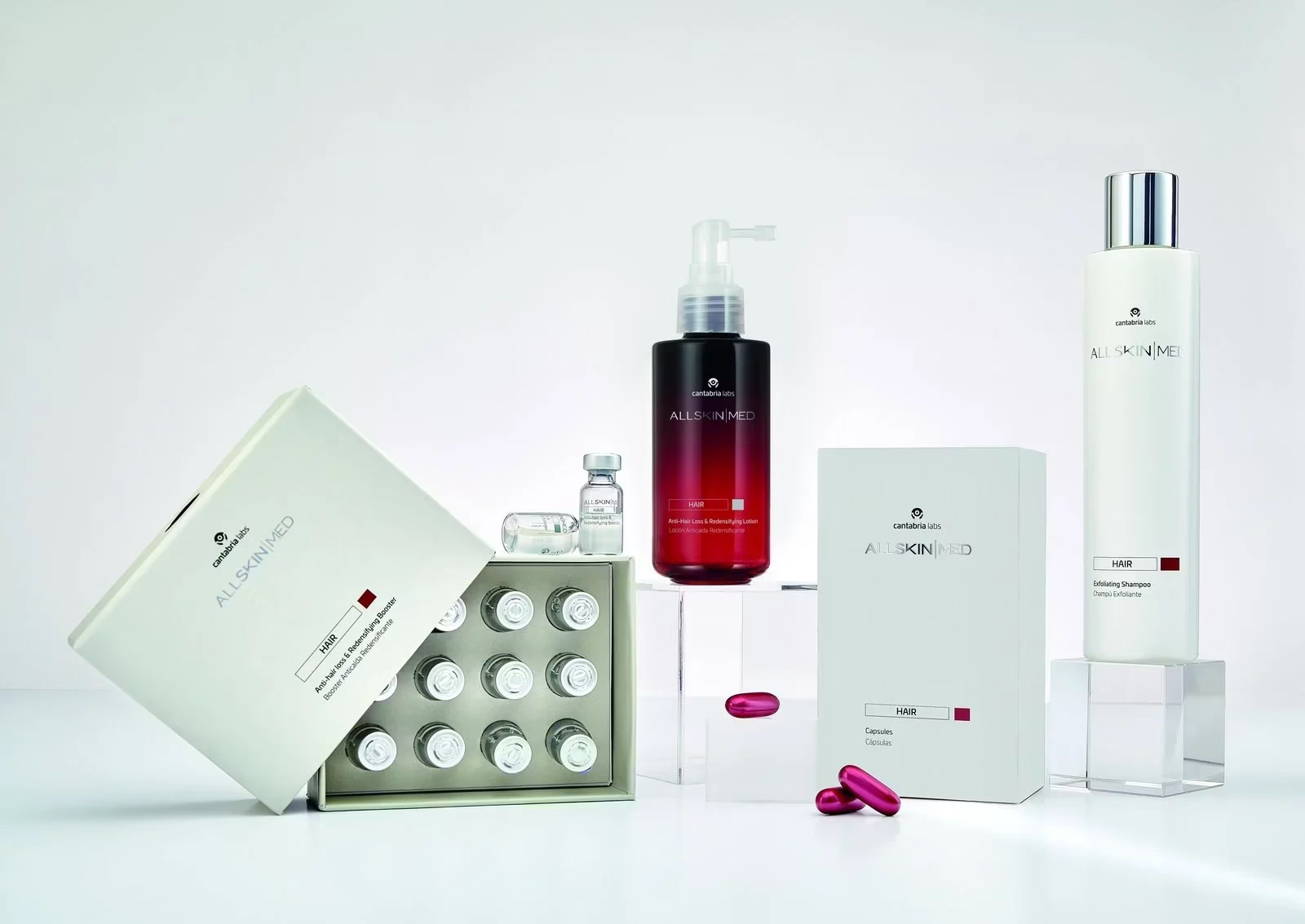Introduction
Hair loss, especially androgenetic alopecia (male pattern baldness), is a common condition that drives demand for new therapies. Traditional treatments like minoxidil and finasteride are available. However, these treatments must be used long-term and can have side effects.
In recent years, regenerative approaches have gained attention for hair restoration. Platelet-rich plasma (PRP) therapy emerged as a popular option due to its use of the patient’s own blood components to stimulate hair regrowth. Now, an advanced technique known as Growth Factor Concentrate (GFC) is being explored.
GFC is a concentrated preparation of growth factors derived from the patient’s blood platelets. It aims to promote hair growth in a more potent and controlled manner. This article provides a research-focused overview of Growth Factor Concentrate for hair loss. It discusses its mechanism, clinical evidence, and preparation differentiation from conventional PRP.

What is Growth Factor Concentrate (GFC)?
Growth Factor Concentrate is a refined form of autologous platelet therapy designed to deliver a high concentration of growth factors to the scalp. Like PRP, GFC is obtained from a small sample of the patient’s own blood.
However, GFC involves an additional step to extract only the growth factors from platelets, rather than injecting whole platelet-rich plasma. The result is a serum that contains numerous bioactive proteins (growth factors) without the bulk of cellular components like red or white blood cells.
By isolating these healing factors, GFC therapy aims to maximise the regenerative stimulus for hair follicles while minimising components that could cause inflammation.
Clinically, GFC is used as an injection therapy for hair loss. A series of small injections of the concentrate are administered across the thinning areas of the scalp.
Because the product is autologous (coming from the patient’s own blood), the treatment is very safe with minimal risk of allergic reaction or immune rejection.
GFC is essentially an evolution of PRP therapy: it builds on the same principle of using the body’s natural growth signals, but attempts to deliver them in a more concentrated and efficacious form.
How GFC Promotes Hair Growth (Mechanism of Action)
The theoretical basis for Growth Factor Concentrate for hair loss is the rich array of growth factors released from activated platelets. Hair follicles can be stimulated to grow and strengthen by certain signaling molecules that encourage cell proliferation, new blood vessel formation, and prolongation of the hair growth cycle.
When platelets in the blood are activated (for example, by exposure to calcium or other activators during GFC preparation), they release a variety of growth factors known to aid tissue regeneration and healing. In the scalp context, these factors create a more favourable environment for hair follicles to thrive.
Key Growth Factors in GFC and Their Roles
Platelet-Derived Growth Factor (PDGF): Promotes cell growth and recruitment of cells to sites of injury. In hair therapy, PDGF is thought to help activate dermal papilla cells and other follicular cells, supporting the development of new hair strands and assisting in the formation of the hair follicle structure.
Vascular Endothelial Growth Factor (VEGF): Stimulates the formation of new blood vessels (angiogenesis). Increased blood supply to hair follicles improves oxygen and nutrient delivery, which can enlarge follicle size and prolong the anagen (growth) phase of the hair cycle. Better perifollicular circulation via VEGF helps sustain healthier, thicker hair growth.
Epidermal Growth Factor (EGF): Supports cell proliferation and differentiation in the skin and hair follicle. EGF can help repair and stimulate the cells in the hair follicle outer root sheath and surrounding skin, potentially contributing to a stronger hair shaft and a healthy scalp environment. (Balanced EGF levels may be important, as extremely high EGF can paradoxically shorten the hair cycle, so controlled release via GFC is intended to be beneficial.)
Insulin-Like Growth Factor 1 (IGF-1): Plays a key role in hair follicle development and cycling. IGF-1 has been shown to promote the growth (anagen) phase of hair and help follicles produce thicker, longer hairs. It also has angiogenic properties and works in concert with other growth factors to rejuvenate aging or miniaturised follicles.
By delivering these growth factors directly into the scalp, GFC treatment is believed to stimulate dormant hair follicles, prolong the growth phase of existing hairs, and improve the caliber (thickness) of hair shafts.
Evidence Base
The net effect observed in clinical use is a reduction in hair shedding and an increase in hair density and thickness over time.
GFC essentially provides a concentrated boost of the same signals that the body naturally uses for tissue repair, thereby jump-starting hair regrowth processes in areas of thinning.
Though GFC is a relatively new therapy, early clinical evidence has shown promising results for hair loss. Small studies have reported significant improvements in hair growth parameters for individuals with androgenetic alopecia.
For example, in a prospective case series, injections of GFC resulted in increased hair density and reduced hair fall within a few months.
One report described improvements evident by 8 weeks after the first GFC session, including a negative hair pull test (indicating significantly less hair shedding). By the end of the treatment course (often around 3 sessions done monthly), patients showed substantial increases in hair count in the targeted areas.
Another study observed that after a course of GFC therapy, patients had markedly improved hair coverage at a 6-month follow-up compared to baseline, with some cases showing visibly fuller hair in photographs.
It’s important to note that most evidence for GFC so far comes from small-scale studies or comparative observations with PRP, rather than large randomised trials. However, the data align with what has been observed historically with PRP treatments – namely, that concentrating and delivering growth factors to the scalp can rejuvenate hair follicles. Some clinicians report that GFC achieves results equal to or possibly faster than traditional PRP. Patients also tend to tolerate the procedure well.
As research continues, more robust data will hopefully clarify the degree of benefit and optimal protocols (such as how many sessions are needed and at what intervals) for GFC in hair loss.
For now, the clinical experience points to GFC therapy being a safe and effective option for aiding hair regrowth, especially for those who may not have responded to standard treatments alone.
Preparation and Processing Differences (GFC vs PRP)
A critical distinction between growth factor concentrate and standard PRP lies in how each is prepared. The processing methods influence the composition of the final injected product. Below is a breakdown of key preparation differences.
Blood Collection Tubes: PRP preparation typically uses tubes containing an anticoagulant (such as citrate) to prevent clotting. Some PRP kits include a gel separator that partitions blood components during centrifugation. In contrast, GFC is prepared using specialised vacuum tubes that come pre-loaded with a platelet activator. These GFC tubes (for example, a proprietary kit by Wockhardt or others) do not simply preserve plasma; instead they contain a reagent (often calcium chloride or a similar clot activator) that will trigger the platelets to release growth factors. The blood (usually about 15 mL drawn from the patient) is distributed into multiple GFC tubes (often 3-4 tubes) immediately after collection.
Platelet Activation vs Anticoagulation: In PRP, the goal is to concentrate intact platelets, so the blood is mixed with anticoagulant and then spun down; platelets remain mostly inactive until they are injected (sometimes an activator like calcium is added just before injection to induce platelet degranulation). With GFC, the process intentionally activates platelets inside the collection tube. After drawing blood into the GFC tubes, they are gently inverted several times to mix with the activator agent. Then the tubes are left standing for a set time (about 30 minutes) to allow platelets to degranulate and release their growth factors into the plasma. This means that by the time of injection, GFC has already converted the platelet content into a liquid rich in free growth factors. Essentially, PRP delivers platelets that will release growth factors in vivo, whereas GFC delivers the growth factors already released ex vivo (outside the body).
Centrifugation (spin) Protocol: PRP preparation often involves a two-step centrifugation (double-spin) to achieve a high platelet concentration. In a common approach, the first spin at a lower speed separates red blood cells from plasma (creating a platelet-rich plasma layer), and a second spin at higher speed concentrates the platelets by pelleting them, after which excess plasma is removed. Spin speeds and times can vary by protocol but might be on the order of ~1500 rpm for 10 minutes (first spin) and 3000 rpm for another 5-10 minutes (second spin), or a single intermediate spin ( 3000 rpm for 10 minutes) in some systems. GFC preparation, on the other hand, usually uses a single high-speed centrifugation after platelet activation. Following the 30-minute incubation in the tube, GFC tubes are centrifuged at a relatively high speed (for example, around 3400 rpm) for about 10 minutes. This single spin is sufficient because the blood in the tube has clotted or aggregated after activation, so the centrifuge’s role is to separate the clotted platelet remnant (plus red/white cells) to the bottom, and leave the clear growth factor-rich serum at the top.
Product Collection: With PRP, after centrifugation, the practitioner will extract the platelet-rich plasma layer (often the buffy coat and some plasma) into a syringe, being careful to avoid drawing in red cells. In GFC, after the single spin, the released growth factor solution is typically found just beneath the cap of the tube, above the separated cellular components. The practitioner uses a syringe to withdraw this top layer of fluid. GFC kits are designed to make this collection easy and to yield a pure growth factor concentrate without blood cell contamination. Only the yellowish fluid containing the soluble growth factors (and possibly some platelet-poor plasma) is drawn up, leaving behind the clot and cells. The volume obtained is usually a few milliliters in total (often around 6-8 mL from multiple tubes).
In summary, PRP yields a platelet-rich plasma (with platelets that will subsequently release growth factors), whereas GFC yields a plasma rich in growth factors (the platelets have already released their payload and are largely removed).
Treatment Protocol and Patient Experience
A typical course of GFC treatment for hair loss involves multiple sessions, similar to PRP therapy. In clinical practice, patients often receive about 3 sessions of GFC, spaced roughly one month apart. This schedule is based on early studies and expert recommendations that showed significant improvements after three treatments. Each session is an outpatient procedure where blood is drawn, processed into GFC, and then injected across the scalp’s thinning areas. The process usually takes around an hour, primarily due to the 30-minute incubation period needed for GFC preparation.
Patients are usually advised to continue any baseline hair loss treatments (unless instructed otherwise) during the course of GFC therapy, and to avoid harsh chemical treatments or routines that might irritate the scalp around the time of injections. Topical anesthesia or nerve blocks can be applied before the injections to minimize discomfort, since multiple tiny injections are delivered. Most individuals tolerate GFC injections well, reporting only mild scalp soreness or pinpoint bleeding that resolves quickly. Because the injected fluid is essentially a filtered serum from their own blood, side effects are minimal. There is no risk of allergic reaction, and infections are exceedingly rare if the procedure is done with proper sterile technique.
Photographs and hair density measurements help track progress objectively. To maintain results, some practitioners recommend a booster session at around 4 to 6 months after the initial course. Additionally, potentially repeating a full course annually may be beneficial.
After completing the initial sessions, improvements in hair growth typically become noticeable within 2 to 3 months. Patients often report decreased hair shedding as one of the first signs that the treatment is working. Over the next several months, they may observe thicker hair texture and new growth in areas that were thinning.
Safety and Considerations
From a safety standpoint, growth factor concentrate therapy has a favorable profile. Since GFC is prepared from the patient’s own blood without any additives besides the approved activator in the kit, it eliminates the risk of transmitting infections or having allergic reactions. The absence of foreign substances means the body generally accepts the treatment without issue. Patients might experience mild inflammation at injection sites – typically less with GFC than with PRP, since GFC lacks pro-inflammatory blood cells like leukocytes. Any swelling or redness on the scalp is usually short-lived. Post-treatment, individuals can resume normal activities almost immediately, aside from advised gentle care of the scalp on the same day (for example, avoiding very hot showers or harsh shampoos for about 24 hours).
It is important to set realistic expectations: GFC is a regenerative therapy, and its success can vary between individuals. Factors such as the extent of hair loss, duration of baldness, and individual response play roles in outcomes. Those with early or moderate hair thinning tend to respond best, while areas that have been bald for a very long time (with extensive follicle miniaturization or scarring) are less likely to regrow substantial hair with any treatment, including GFC. Additionally, while initial studies are positive, GFC is still a relatively novel approach – long-term efficacy and optimal treatment algorithms are still under investigation. Doctors and patients should view GFC as a complementary therapy to standard treatments, not necessarily a standalone cure -many clinics combine GFC or PRP with other interventions (like medications, laser therapy, or microneedling) to maximise hair growth results.
Growth Factor Concentrate for hair loss represents an innovative step in hair restoration therapy. It builds upon the principles of platelet-rich plasma treatment by concentrating and delivering the key growth factors.
Cost and availability are practical considerations as well. GFC often requires proprietary kits and may be more expensive per session than traditional PRP because of the specialised processing. Not all treatment centers offer GFC yet, as it is an emerging technology. Patients interested in GFC should seek a provider experienced with the procedure and who follows evidence-based protocols.
Conclusion
Growth factor concentrate for hair loss represents an innovative step in hair restoration therapy, building upon the principles of platelet-rich plasma treatment. By concentrating and delivering the key growth factors from platelets, GFC aims to create an optimal healing environment for hair follicles. Early clinical experience indicates that GFC can lead to significant improvements in hair density, reduced shedding, and overall hair quality in individuals with pattern hair loss, with a safety profile comparable to standard PRP. The dedicated preparation process involving specialised tubes, platelet activation, and a single-spin centrifugation sets GFC apart by yielding a pure, growth factor-rich serum for injection.
Frequently Asked Questions (FAQs)
1. How does Growth Factor Concentrate (GFC) work for hair loss?
Growth Factor Concentrate (GFC) works by delivering a concentrated mix of growth factors derived from the patient’s own blood platelets directly to the scalp. These bioactive proteins, including Platelet-Derived Growth Factor (PDGF), Vascular Endothelial Growth Factor (VEGF), Epidermal Growth Factor (EGF), and Insulin-Like Growth Factor-1 (IGF-1), stimulate hair follicle activity, prolong the growth (anagen) phase of the hair cycle, and enhance blood circulation to the scalp. Unlike Platelet-Rich Plasma (PRP), which injects whole platelets that gradually release growth factors, GFC is pre-activated, meaning the growth factors are already liberated from the platelets before injection. This leads to a more direct and potent stimulation of hair regrowth with minimal inflammatory response.
2. How is GFC different from PRP in hair loss treatment?
While both GFC and PRP originate from the patient’s blood and rely on platelet-derived growth factors, the key differences lie in composition, preparation, and potency:
Composition: PRP contains platelets suspended in plasma, along with some white blood cells and red cell remnants. GFC, on the other hand, is a pure growth factor serum obtained by activating and filtering out platelets before injection.
Preparation: PRP is prepared by centrifuging blood twice to concentrate platelets, which are then injected either directly or after activation. GFC requires specialized tubes preloaded with an activator, which trigger platelet degranulation outside the body, yielding a cell-free, high-purity growth factor-rich fluid.
Efficacy and Sessions Required: Because GFC delivers a higher and more consistent concentration of growth factors, many patients see results with fewer sessions compared to PRP. PRP typically requires 4-6 sessions, while GFC often achieves noticeable improvement in 3-4 sessions.
Comfort and Side Effects: PRP injections can cause more discomfort and minor inflammation due to its cellular content. GFC, being cell-free, is usually better tolerated with minimal post-injection inflammation.
3. What is the typical treatment protocol for GFC hair loss therapy?
A standard GFC treatment protocol for androgenetic alopecia typically consists of:
1. Initial Consultation: The practitioner assesses the severity of hair loss and ensures the patient is a good candidate.
2. Blood Collection: About 15-20 mL of blood is drawn and distributed into specialised GFC tubes containing an activator.
3. Processing: The tubes are left standing for 30 minutes to allow platelet activation and growth factor release, followed by a single high-speed centrifugation (~3400 rpm for 10 minutes).
4. Injection Procedure: The growth factor-rich serum (without platelets or blood cells) is extracted and injected into the thinning scalp areas using a fine needle.
5. Number of Sessions: Typically, 3 to 4 sessions spaced 4 weeks apart are recommended for optimal results.
6. Maintenance Therapy: After initial treatments, booster sessions every 4-6 months may be suggested to sustain hair regrowth.
Patients generally begin to notice reduced shedding within 6-8 weeks, followed by visible hair thickening after 3-4 months.
4. Who is an ideal candidate for GFC hair loss treatment?
GFC therapy is best suited for individuals experiencing early to moderate androgenetic alopecia (pattern hair loss). Ideal candidates include:
- Men and women with mild to moderate hair thinning or receding hairlines.
- Patients who still have active hair follicles (not completely bald areas).
- Those looking for a natural, drug-free solution or an adjunct to medications like minoxidil or finasteride.
- Individuals who have not responded well to PRP or other treatments and seek a more concentrated regenerative approach.
- People who want a minimally invasive, safe treatment with no downtime.
However, GFC may not be effective in areas where follicles have been permanently lost (scarring alopecia or long-standing bald patches). Patients with advanced hair loss may require combination treatments or hair transplantation.
5. Are there any side effects or risks associated with GFC treatment?
GFC therapy is considered very safe, as it is an autologous (self-derived) treatment with no risk of allergic reactions or disease transmission. However, as with any medical procedure, some mild side effects can occur, including:
Mild redness, swelling, or tenderness at the injection sites (resolves within a day or two).
Temporary scalp tightness or tingling as the growth factors begin to work.
Minimal pinpoint bleeding or bruising at injection sites.
Mild headache or discomfort in some patients after the procedure.
Compared to PRP, GFC has fewer inflammatory side effects because it lacks white blood cells and red blood cells. Patients can return to normal activities immediately, but it is recommended to avoid hair treatments, harsh shampoos, excessive sweating, and sun exposure for 24 hours post-treatment.
Conclusion
Growth Factor Concentrate (GFC) represents an advanced, scientifically-backed regenerative therapy for treating hair loss. By delivering pure, high-concentration growth factors directly to the scalp, GFC enhances hair follicle health, stimulates regrowth, and reduces hair shedding more efficiently than traditional PRP.
